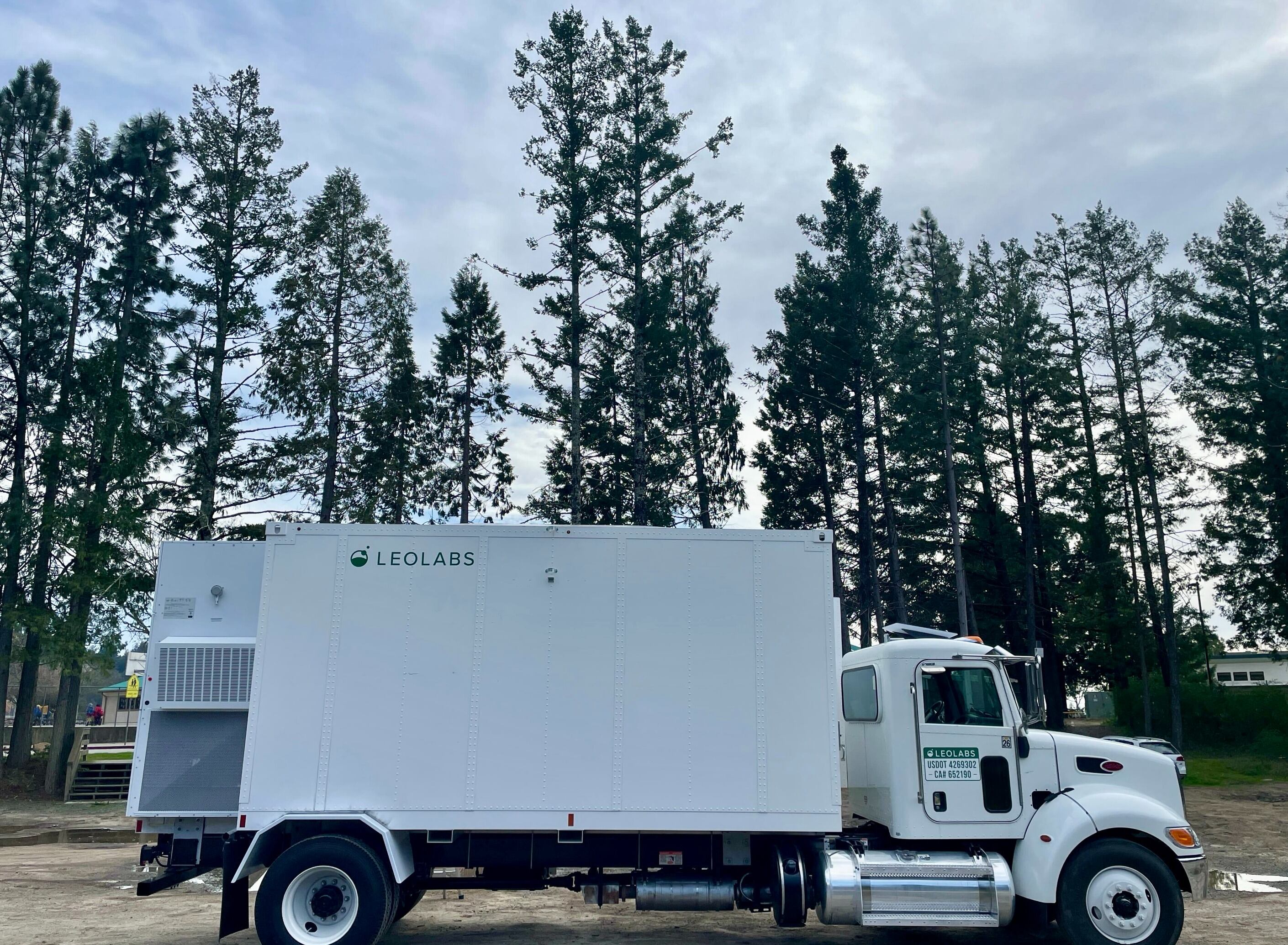Leaders from the National Geospatial-Intelligence Agency say that human-machine partnerships are the future for the agency.
At a GEOINT 2019 panel in San Antonio June 3, the agency’s department heads explained how they saw technology fundamentally transforming the workspace of analysts in the office and soldiers and personnel on the battlefield.
Using machines to take over rote tasks and leaving humans free to work on more complex and creative issues was a major theme from NGA leaders as they communicated with industry at the GEOINT 2019 conference this week. That message started at the very top. In his keynote address, NGA Director Vice Adm, Robert Sharp emphasized that commercial companies need to focus on automation, augmentation and artificial intelligence moving forward.
“If you’re looking for an area to partner with us, I highly recommend you focus on artificial intelligence, automation and augmentation,” said Sharp. “The fact is, we’re facing some significant challenges, some hard problems, and we want your help. We need your help.”
Cindy Daniell, NGA’s director of research, explained how her department envisioned a human-machine partnership that would see the analyst’s work space transformed through technologies that would react to the analyst’s actions and automate routine activities. In that desktop model, the computer would provide the rote work of object identification, freeing up the analyst for assessment and decision making. The information produced would be simultaneously incorporated into a visual representation to process the information.
“This is, the way we see it, a true human-machine partnership. It’s harnessing the scale, the speed, the power of the computer processing and the human cognition both doing the best at their particular capabilities,” said Daniell.
The work space would also offer features such as eye tracking, which could tell what an analyst was looking at and then highlight the items they may have missed, and a speech-to-text capability, in which a machine would listen to an analyst speak and automatically collect important details and put those into a database.
“The future of our organization is most assuredly as part of the human-machine team. It’s the only way we can move forward. It’s the only way we can outlive and out-beat our adversary,” said Sue Kalweit, NGA’s director of analysis.
Kalweit emphasized that the NGA needs to use automation, augmentation and artificial intelligence to monitor the known knowns, freeing up analysts to work on the much more difficult tasks of finding or assessing the unknown knowns and the known unknowns. For Kalweit, using analysts to monitor known knowns is not a good use of the agency’s time.
“We spend almost 50 percent of our analytic effort monitoring known locations about known behaviors. That is not what humans do best. That is what machines do best,” she explained.
“In short, the human-machine team is about using what machines do best combined with what humans do best and integrating that to really get ahead of our adversaries,” said Kalweit.
The NGA is also interested in moving the human-machine partnership to the battlefield through handheld devices. Using a secure network, that device could bring geospatial intelligence to the hands of personnel in the field and automatically process data to provide them with the information they need to conduct their mission safely.
“They all need to be able to have geospatial intelligence to interact with their world. At Research, we see the future that the NGA will deliver persistent, real time, on demand, secure GEOINT to the field for tactical and strategic missions,” said Daniell.
In Daniell’s model, the handheld device would be able to automate much of the information needed by personnel in the field. Instead up pulling up a map and then determining the best route to return to headquarters, the device would be working behind the scenes, incorporating real-time intelligence to provide a persistent safe route to headquarters available on command. That device would also be able to show the user the locations of water and other resources, constantly updated with the latest intelligence.
Daniell said that NGA Research is also working on an analytic that could identify threat adversaries on the move, which would allow warfighters to know when a threat is moving toward them.
“This is the future and the way we envision the future, but these are hard problems,” Daniell said.
Nathan Strout covers space, unmanned and intelligence systems for C4ISRNET.








